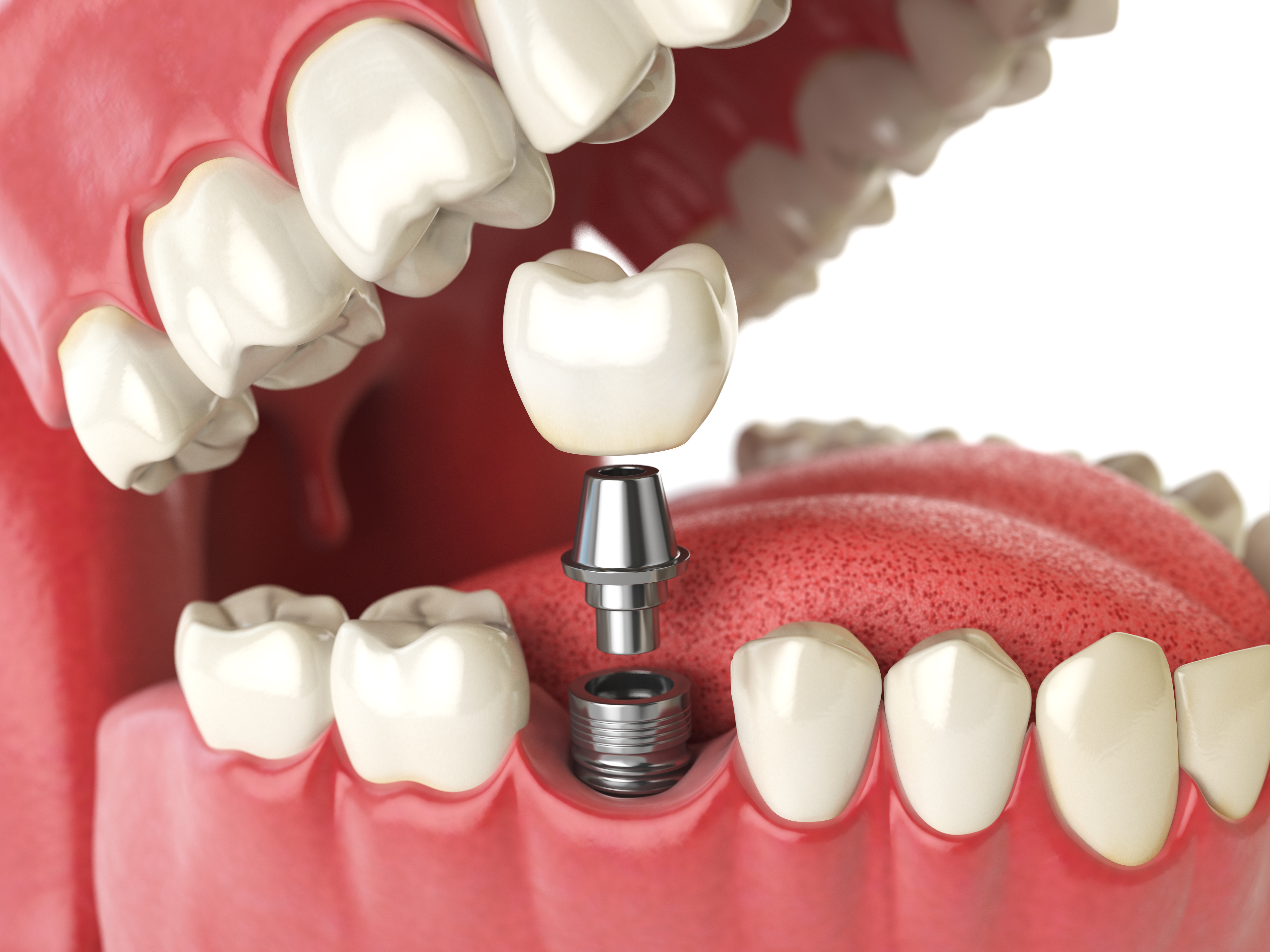Alternatives to Dentures: Options for Replacing Missing Teeth
Many people consider dentures when they lose several teeth, but there are other approaches that preserve function, improve comfort, and address bone support. This article outlines common alternatives to dentures, how they work, and what to discuss with a dental professional when choosing a solution for your teeth and mouth. This information is practical and evidence-based, focused on treatment types and care.

This article is for informational purposes only and should not be considered medical advice. Please consult a qualified healthcare professional for personalized guidance and treatment.
What are alternatives for missing teeth?
Several options exist for replacing missing teeth beyond full dentures. Fixed dental bridges use adjacent teeth or implants as anchors to hold replacement crowns in place. Removable partial dentures replace a few teeth while fitting around natural teeth, often at lower procedural complexity. Implant-supported crowns replace single missing teeth with a titanium post that integrates with the jawbone, offering stability similar to a natural tooth root. Each option has trade-offs involving invasiveness, durability, and effects on surrounding teeth and bone.
Choosing among these alternatives typically depends on the number and location of missing teeth, bone quantity, oral hygiene ability, and overall health. For single missing teeth, dental implants or a fixed bridge are commonly considered. When multiple adjacent teeth are missing, implant-supported bridges or partial prosthetics may be appropriate. A dental professional can evaluate your bite, bone volume, and gum health to recommend feasible options.
How do options differ from dentures?
Dentures generally replace several teeth or all teeth in an arch and sit on the gums; they can be removable or implant-retained. Alternatives differ by how they distribute chewing forces and whether they preserve jawbone. For example, dental implants transfer forces to the jawbone and can prevent the bone loss that often accompanies long-term denture wear. Fixed bridges attach to neighboring teeth and do not require daily removal, but they may require altering healthy teeth to serve as supports.
Comfort and speech are also affected differently. Removable dentures may need periodic adjustments for fit and can affect taste or speech until adapted to. Fixed solutions—bridges and individual implant crowns—typically feel more like natural teeth once healed. Longevity varies: implants and well-maintained fixed bridges can last many years, while some removable prosthetics may need replacement or relining sooner.
What dental procedures can replace teeth?
Common dental procedures used as denture alternatives include single-tooth implants, implant-supported bridges, traditional fixed bridges, and removable partial dentures. Single-tooth implants involve placing a titanium post into the jaw and attaching a crown after healing; this is a multi-step dental surgical and restorative process. Implant-supported bridges or overdentures use two or more implants to anchor a prosthesis that replaces several teeth or an entire arch, offering more stability than conventional dentures.
A traditional fixed bridge requires preparing adjacent teeth to support the bridge; it avoids surgery but may compromise healthy tooth structure. Removable partial dentures are often less invasive initially and can be a transitional option while planning more permanent treatment. Treatment timelines differ: surgical implants require healing time (osseointegration) before the final restoration is placed, whereas bridges and removable devices can often be completed more quickly.
How do implants integrate with the jaw?
Dental implants are titanium or titanium-alloy posts placed into the jawbone where they act as artificial tooth roots. Over several months, the bone grows around the implant in a process called osseointegration, creating a stable base for a crown, bridge, or overdenture. This integration helps transmit chewing forces to the bone, which can help maintain bone density and facial structure compared with long-term use of dentures that rest on soft tissues.
Not all patients are immediate candidates for implants; sufficient bone volume and good gum health are important. When bone is insufficient, bone grafting or sinus lift procedures can be considered to build up the jaw before implant placement. The implant option involves surgical planning, imaging such as dental X-rays or CBCT scans, and coordinated restorative work to ensure the prosthetic tooth aligns with neighboring teeth and occlusion.
How to maintain oral health in the mouth with alternatives?
Maintenance needs vary by option but are critical for long-term success. For implant-supported restorations, daily cleaning around implant abutments and professional check-ups help prevent peri-implant inflammation. Fixed bridges require meticulous flossing beneath pontics and monitoring of supporting teeth for decay or gum disease. Removable prostheses should be cleaned daily, removed at night as advised, and routinely examined for fit and wear.
General mouth care—brushing twice daily with fluoride toothpaste, flossing, and regular dental visits—remains central regardless of the replacement type. Lifestyle factors such as tobacco use and uncontrolled diabetes can affect healing and long-term outcomes, so discussing these with your dental team is important. Your dentist or prosthodontist can provide a personalized maintenance plan and schedule for professional cleanings and adjustments.
Conclusion
There are several practical alternatives to dentures, each with distinct surgical, restorative, and maintenance considerations. Fixed bridges and implant-supported restorations tend to preserve function and bone better over time, while removable partials and dentures can be less invasive or lower initial cost. Deciding among these options involves evaluating oral health, bone status, budget, and personal preferences in consultation with a dental professional to find the most appropriate approach for your teeth and mouth.




